We hear a lot about phytonutrients these days, those natural chemical compounds that plants create to thrive despite competition, predators and pathogens. When we eat the plants, the phytonutrients help us maintain our health and eating a broad diversity of fruits, vegetables and herbs should give us a full spectrum of these important compounds.
Unfortunately, many of these beneficial phytonutrients have a bitter or astringent taste that most humans find less palatable than sweet, savory or fatty. Ever since farming began about 10,000 years ago, farmers have selected against bitter plants in favor of ones higher in sugar, starch and oil. Sugar, carbos and fats provided lots of fuel for doing the work of civilization-building, but generally today’s crops have fewer phytonutrients for fighting human diseases than their bitter-tasting ancestors.
In her 2014 book Eating on the Wild Side: The Missing Link to Optimum Health, investigative reporter Jo Robinson writes “Wild dandelions, once a springtime treat for Native Americans, have seven times more phytonutrients than spinach, which we consider a ‘superfood.’ A purple potato native to Peru has 28 times more cancer-fighting anthocyanins than common Russet potatoes. One species of apple has a staggering 100 times more phytonutrients than the Golden Delicious displayed in our supermarkets.”
Industrial agriculture, of course, took things to an unprecedented level. The perfect example is sweet corn that we have morphed into SUPERSWEET corn. Our problem is that we think we’re eating a vegetable, so we’re being healthy, right? Not as much as we thought.
So what can we do? Look for bright color in your produce. Color is a good indication of higher phytonutrient content. Get veggies that are closer to their wild cousins, like arugula, dandelion greens and scallions. Eat the green parts of onions, scallions and leeks. That’s where the phytonutrients are living. Herbs have been basically left alone because we have sought them out for their original flavors. Enjoy lots of herbs like parsley, cilantro, and basil in your meals. And yes, eat a broad diversity of produce to get a full range of phytonutrients.
We hear “Eat your vegetables!” from everyone from Mom to the U.S. government. But we need more than that. We need to eat the produce that is nutrient-dense for optimum health.
Full New York Times article by Jo Robinson.

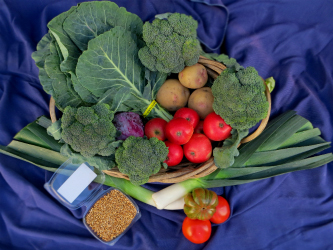
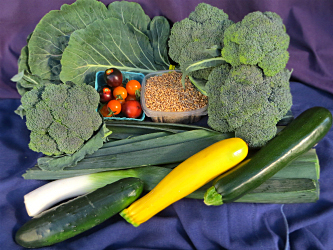
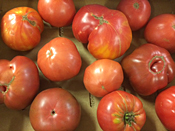
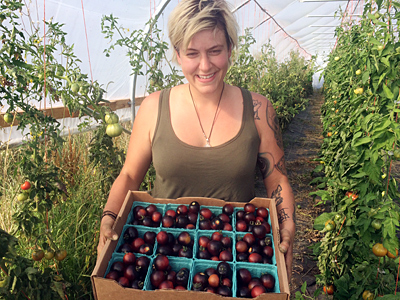
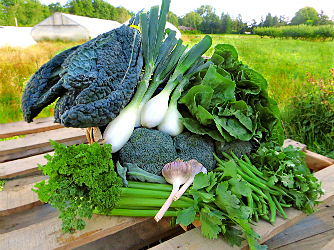
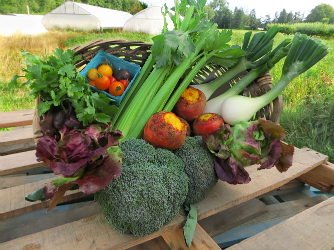
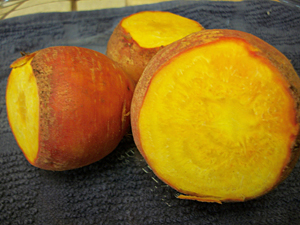
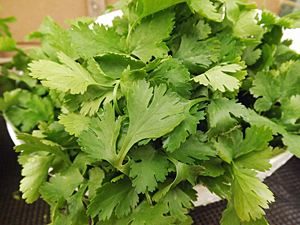


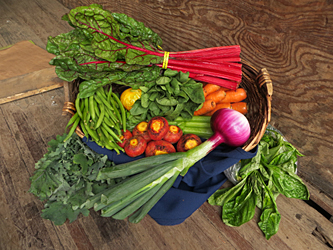
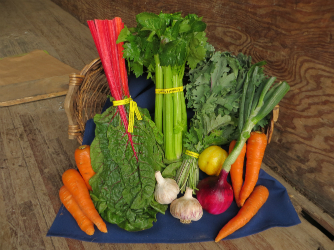 Small
Small
